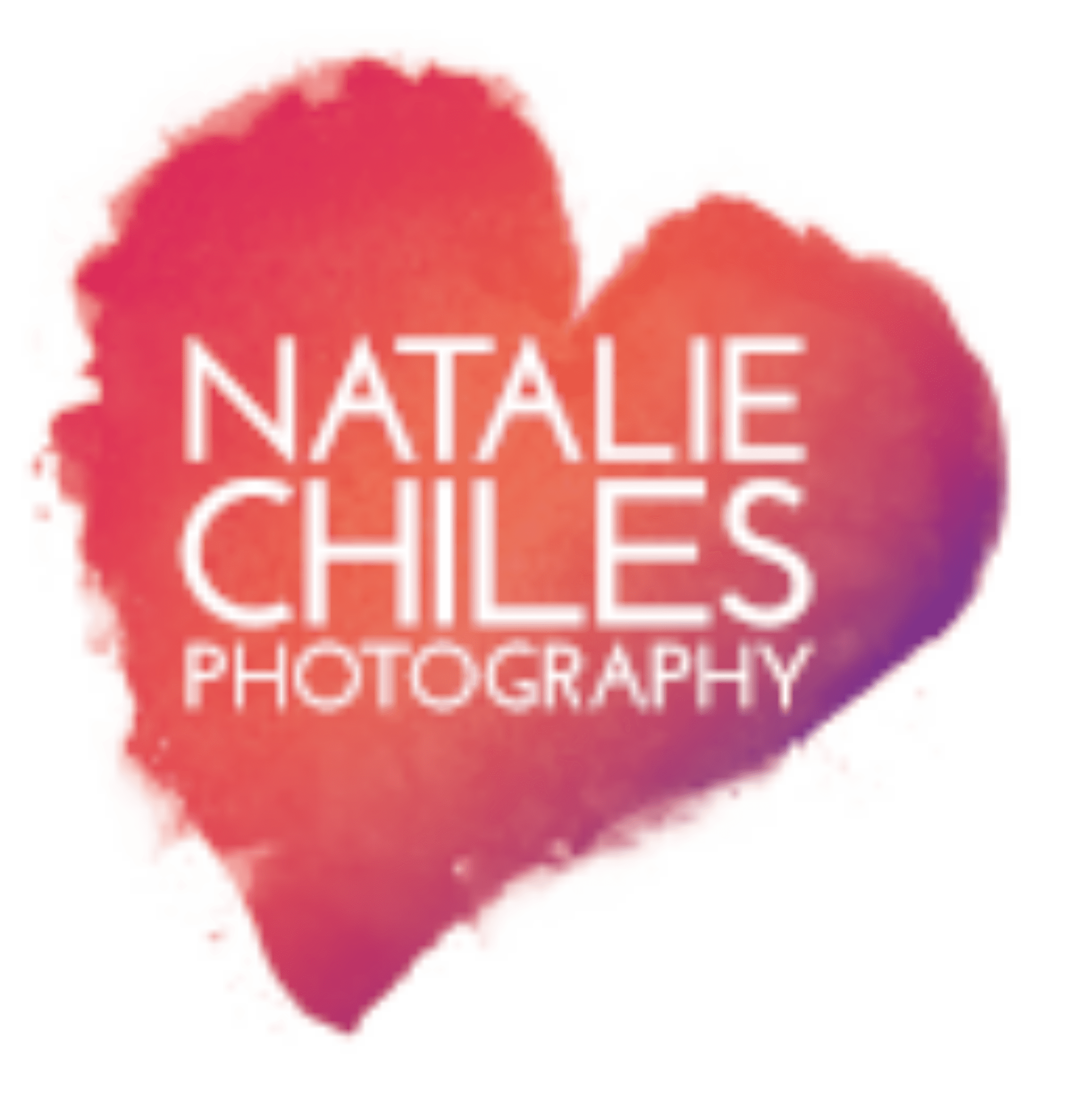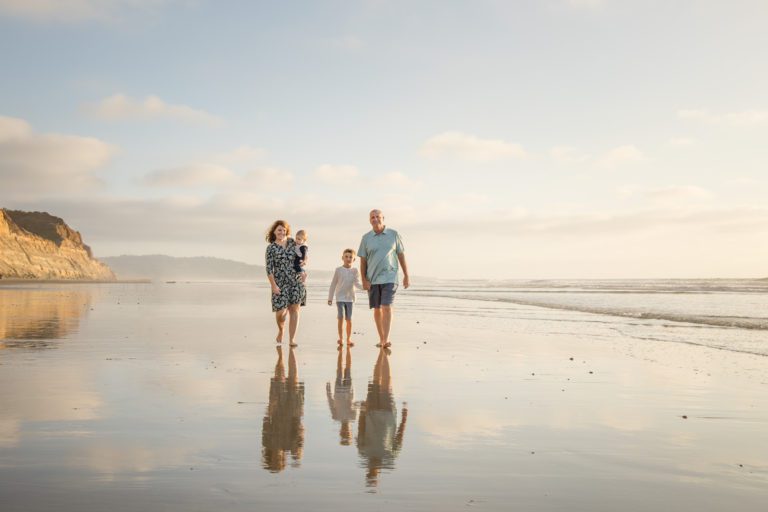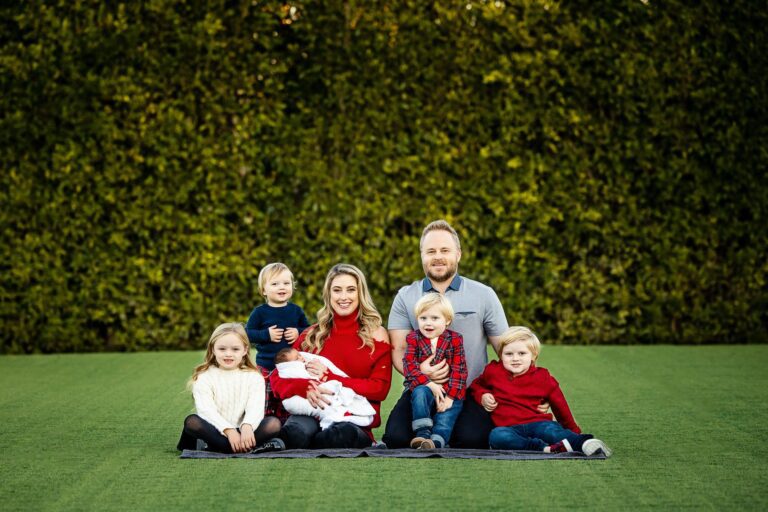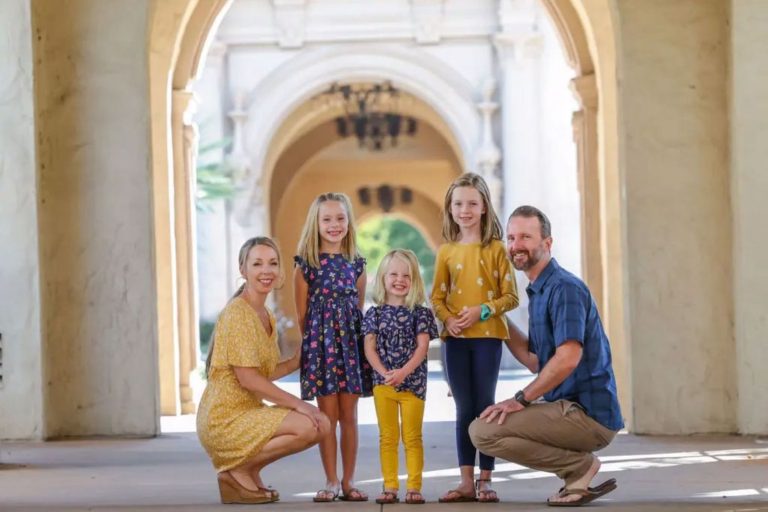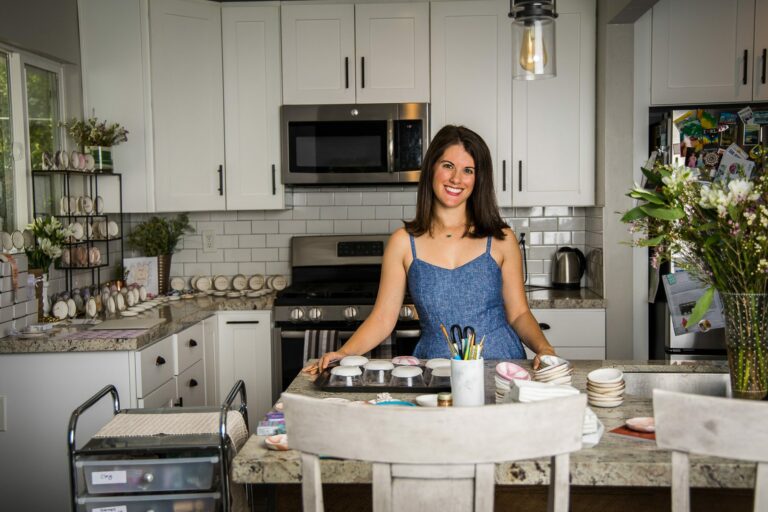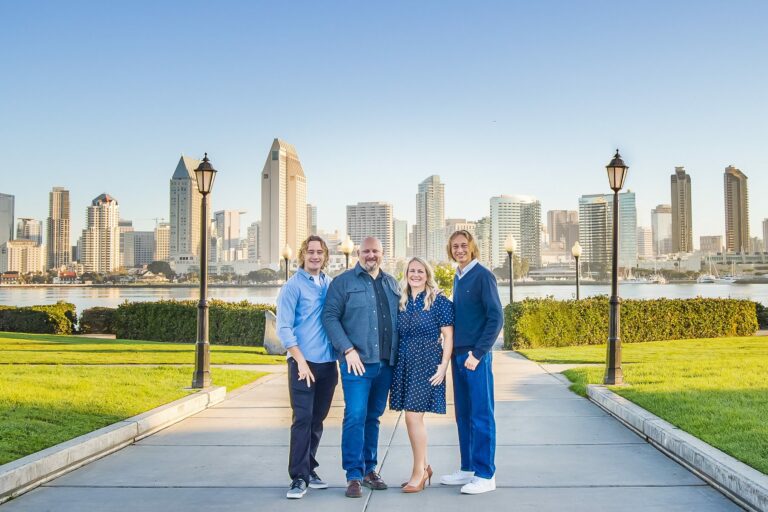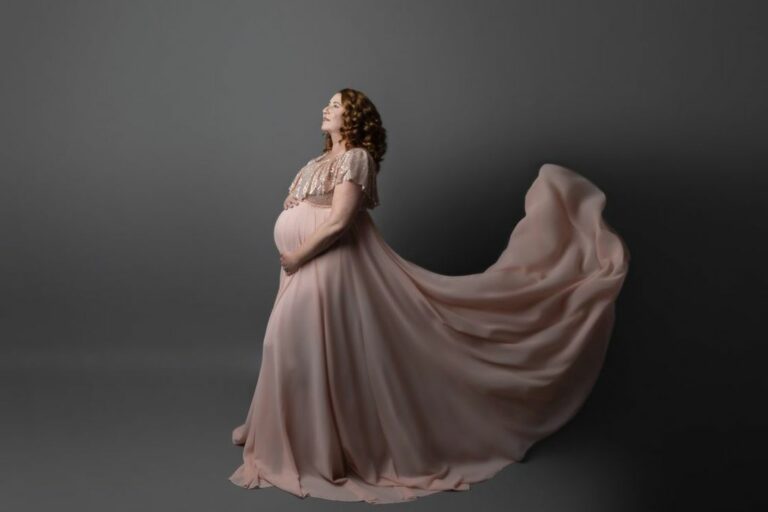Natural Light vs Studio Light for Headshots
As a photographer with years of experience, I can say I’ve developed a pretty good mechanism for when to use natural light vs studio light for headshots. However, for most beginners or amateurs in this field, deciding between the two can get confusing. In this article, I share my knowledge on lighting for headshots.
Natural Light vs Studio Light for Headshots
Many photographers struggle with the decision of whether to use a studio or natural lighting to create striking headshots. Every lighting choice has its benefits as well as challenges. We will examine the key distinctions, variations, and commonalities between them to help you choose the lighting method that best meets your requirements.

General Overview
The type of lighting used in professional portraits has a significant impact on the way the images look. While both lighting scenarios offer unique advantages and challenges, understanding the fundamentals of natural and studio illumination can make it easier for photographers to pick the right lighting.
Natural Light
Light from nature provides a lovely and organic lighting option for taking headshots. This method illuminates the subject by making use of the ambient light already present.
It highlights facial features and fosters a calm atmosphere with its gentle, flattering glow. It also helps capture the genuine essence of the subject, producing headshots that are natural, candid, and authentic.
Studio Light
Studio lighting gives photographers exact and full control over the lighting setup. It enables alterations in terms of intensity, direction, color, etc through the use of artificial lighting equipment such as flashes, strobes, or continuous lights.
This control is perfect for professional headshot photography because it produces predictable and consistent results. Photographers can manipulate light and produce artistic effects with studio illumination, giving them space and flexibility for experimentation.
Natural Light vs Studio Light
Photographers must carefully weigh the unique strengths and limitations of each type of lighting, considering factors such as the desired aesthetic, the subject’s features, and the intended use of the final images.
- Similarities
- Both have the potential to produce stunning and impactful headshots when used effectively.
- Both approaches require a solid understanding of light and its impact on the subject.
- Both can be customized to create various setups, allowing photographers to experiment with their work.
- Differences
- Dependency on external factors: The sun’s position, the state of the weather, and the presence of light sources have an impact on daylight. Studio illumination, on the other hand, is constant and unaffected by outside variables.
- Control and accuracy: The more spontaneous element that light from nature provides can result in unique portraits with unplanned effects. Studio lighting, conversely, gives photographers exact control over lighting levels, directions, and modifiers, enabling accurate adjustments and repeatable outcomes.
- Cost and accessibility: Natural lighting is easily accessible and usually does not require any additional equipment, making it an affordable way of lighting up portraits. In contrast, studio illumination requires specific lighting gear, like reflectors, softboxes, and strobes, which can be expensive.

The result produced by natural illumination is more spontaneous and tends to capture the subject in a more authentic state. It often produces diffused lighting that can enhance facial features and create a warm ambiance. On the other hand, artificial lighting empowers the photographer with precise control over every aspect of lighting, allowing for the creation of specific and consistent effects.
When To Use Natural Lighting
Natural lighting can produce stunning results in headshot photography. Here are some scenarios where utilizing it is particularly advantageous:
- Outdoor shoots: Whether you’re taking headshots in an urban setting, beach, or park, natural lighting can help you take well-lit, balanced photos.
- Soft and flattering illumination: Soft natural lighting is especially great for illuminating your subject’s face as it tends to soften harsh shadows and produces a glow that is uniform and natural.
- Relaxed environment: During headshot sessions, daylight can help create a relaxed atmosphere.
- Limited resources: Sunlight is a practical option when resources are limited, or when shooting in a location where access to artificial lighting equipment is challenging.
When To Use Studio Lighting
Artificial light offers photographers precise control over lighting, making it an excellent choice for headshot photography. Photographers should consider using artificial lighting during:
- Commercial and professional headshots: Having complete control of each aspect of lighting enables you to create a polished effect in the final product, which is necessary for branding and marketing objectives.
- Product and corporate headshots: By carefully manipulating lighting elements, you can highlight specific details, textures, and features, ensuring your subject or product (or both) stands out.
- Creative lighting effects: Photographers can experiment with high-key or low-key lighting, dramatic shadows, or complex lighting setups thanks to the various artificial lighting options. These methods can also give your headshots an artistic touch.
- Consistency and repeatability: Studio lighting is the best option if you need consistent and repeatable lighting results.
- Limited daylight availability: In situations where sunlight is insufficient or unavailable, artificial light becomes necessary.
Which Light is Better for Headshots
In the end, the decision between natural and studio lighting will come down to your personal preferences, needs, and the final product you and your client want to see. To make the right choice, consider the following aspects:
- Studio lighting offers more control and inventiveness, whereas light from nature conveys a more genuine and unguarded vibe.
- Artificial light works best in controlled indoor settings, while daylight is best in outdoor settings or areas receiving plenty of sunlight.
- While artificial light is frequently preferred for commercial or professional work, sunlight can be more appropriate for personal or artistic projects.
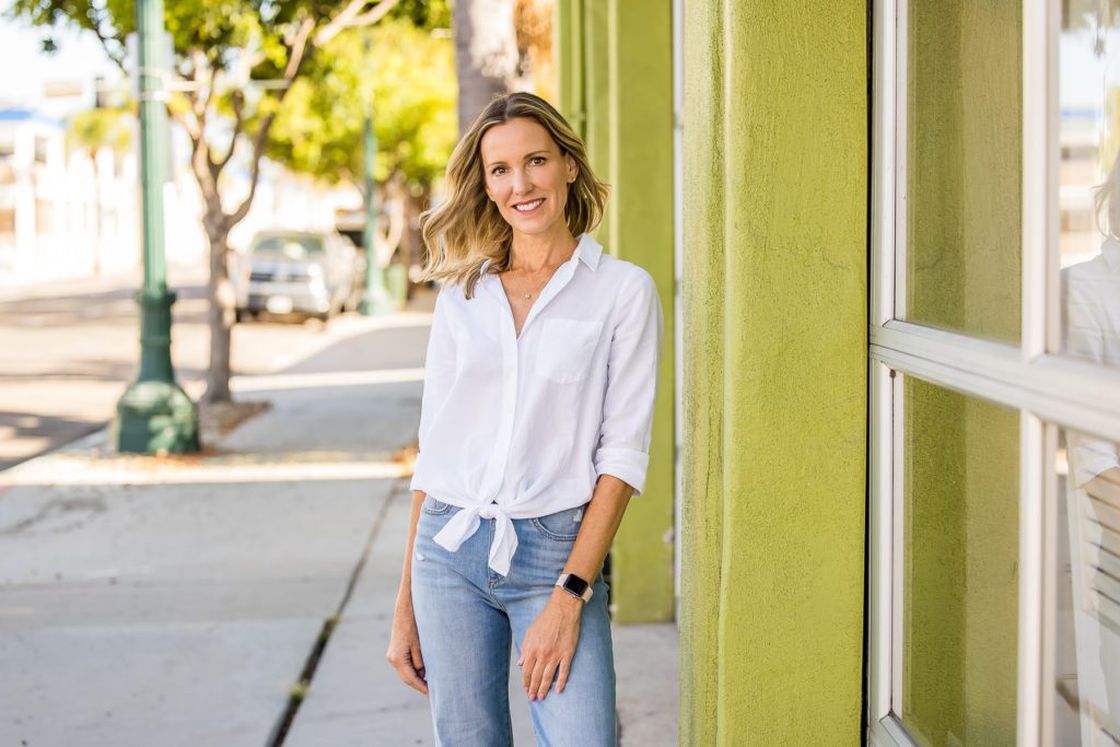
Related Questions
Can a Photographer Use Natural and Studio Light in the Same Shoot?
Yes, a photographer can use both natural and studio lighting in the same photo shoot. Combining natural and artificial light sources is a common technique employed by professional photographers to achieve the desired lighting effects and create visually striking images.
Can Natural Light Headshots Look Too Casual in Certain Contexts?
Yes, naturally-lit headshots can potentially look too casual in certain contexts. While this type of lighting makes images look more real and genuine, it may not always convey the desired level of professionalism or formality required in some situations.
What Artificial Lighting is Closest to Natural Lighting?
The artificial lighting that is closest to natural lighting in photography is high-CRI (Color Rendering Index) LED (Light Emitting Diode) lighting. These LEDs mimic the hue and intensity of natural sunlight, providing accurate color reproduction and reducing eye strain.
Conclusion
In the natural light vs studio light for headshots debate, there is no definitive winner. Both options offer unique advantages and challenges. As a photographer, it’s necessary to experiment with both approaches and determine which one aligns best with your artistic vision and the specific requirements of each client and photo shoot.
